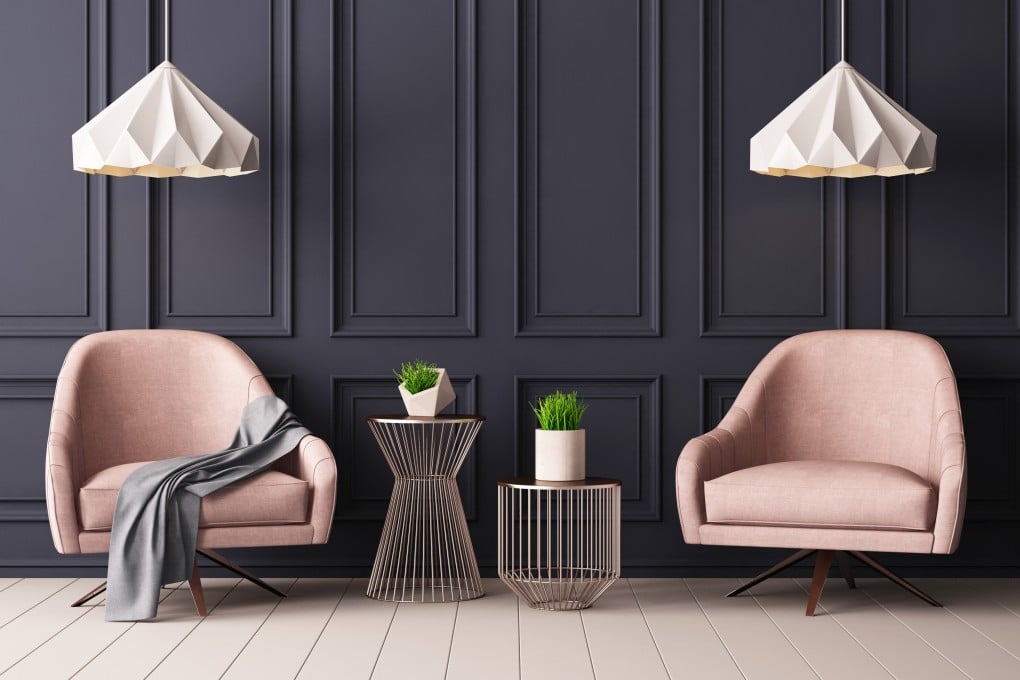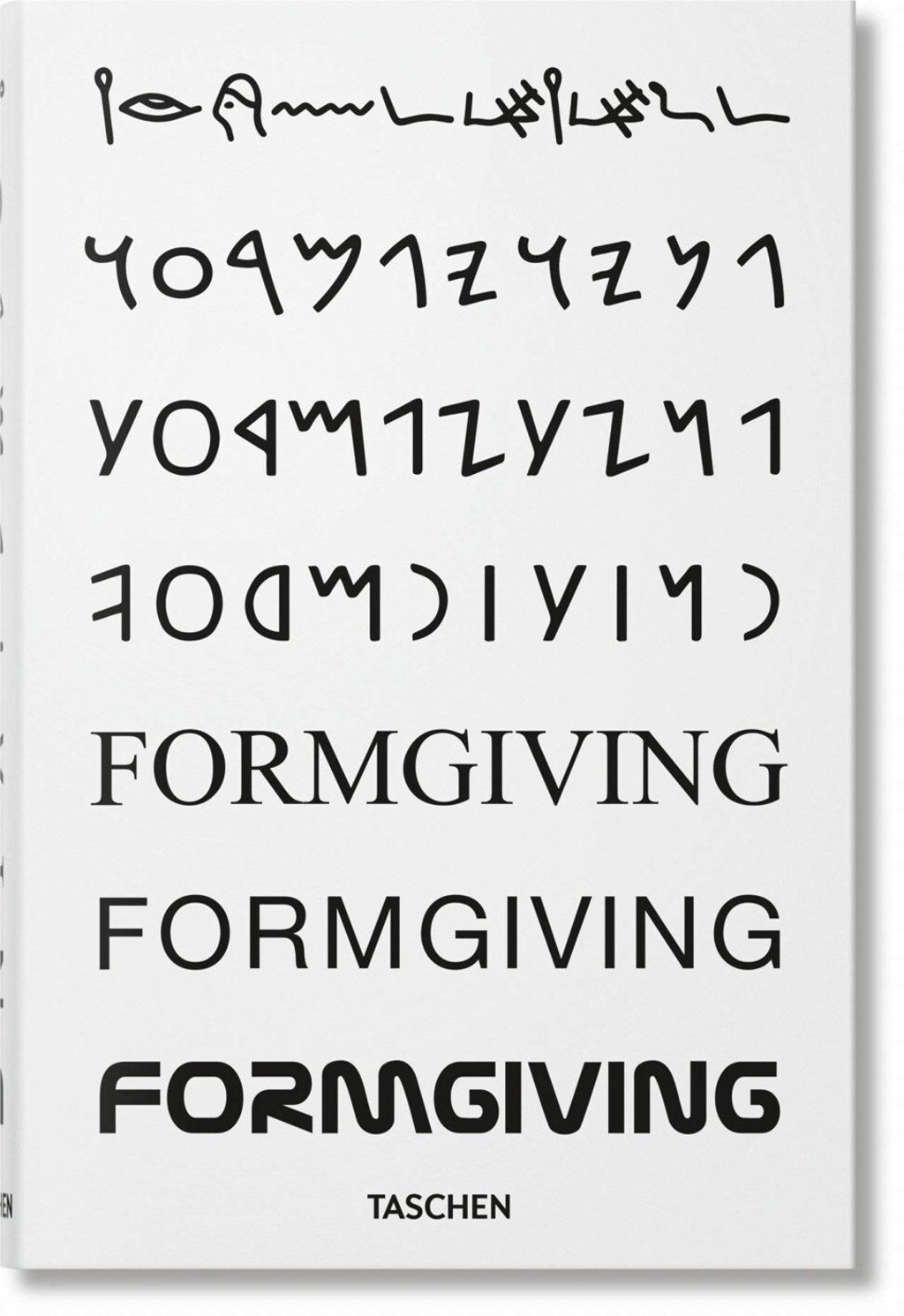Three books on design: exploring Japanese craftsmanship, vegan interiors and the world we’d like to inhabit
Formgiving by BIG, Naomi Pollock’s Japanese Design Since 1945, and Vegan Interior Design by Aline Dürr look at how we shape, and are shaped by, the world around us

Formgiving by BIG, Taschen
Ideas will ping around your head as you read Bjarke Ingels’ conclusion to his trilogy. Not simply descriptive, the essays, synopses and prognostications afford readers architectural thrills on Earth and in other spheres: we are asked, for example, to imagine building on different planets, Mars for one, although it may take hundreds of years to “terraform [the planet] to have a biosphere”.
Readers wondering whether Ingels is overstepping his mark as an architect are obviously new to Bjarke Ingels Group, which thinks BIG. He and his 500-strong crew believe architecture is “losing its monopoly on offering places for social interaction” to online platforms, leading to a future in which watching and doing, and virtual and actual reality, will be inseparable.
In this volume, BIG plays on the Danish word for design, “formgivning”, or “giving shape” to a world we would like to inhabit. Among the 65-plus projects chosen are developments made more humane by the presence of courtyards; a waste-to-energy plant in Copenhagen that also serves as a ski run for mountain-starved Danes; and other multipurpose buildings that open architecture to different types of users (a museum doubling as a bridge is also a breathtaking sculpture).
The sole project from China is Shenzhen Energy headquarters, whose “engineering without engines” concept removes from buildings the dependence on machinery: its rippled facade minimises thermal exposure, thus cutting energy usage.
